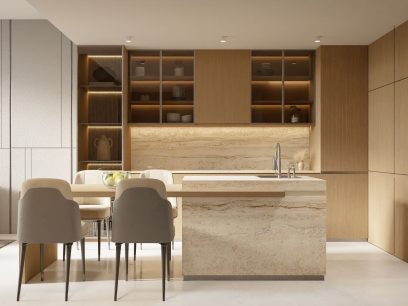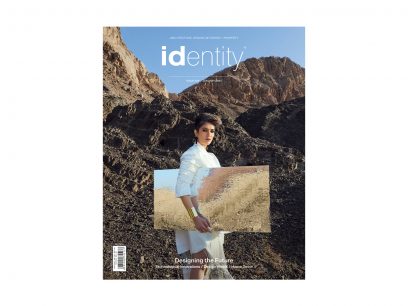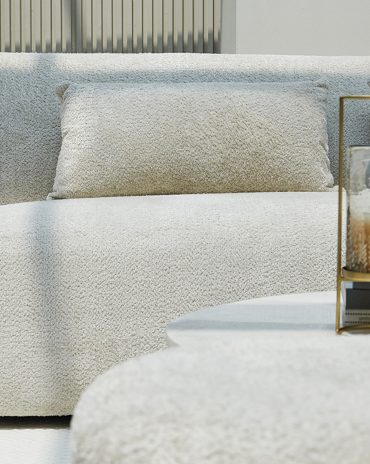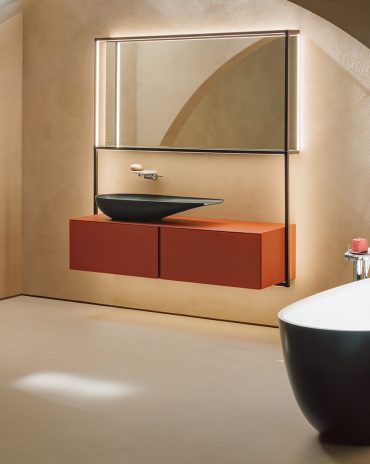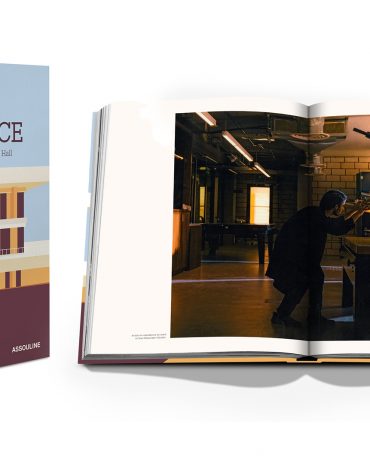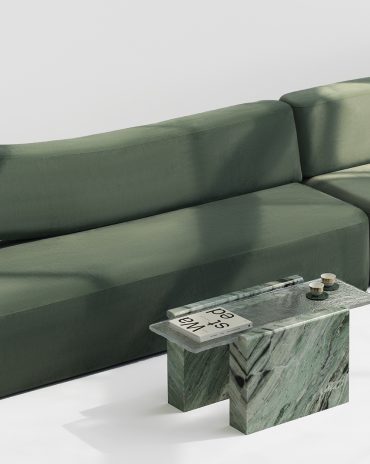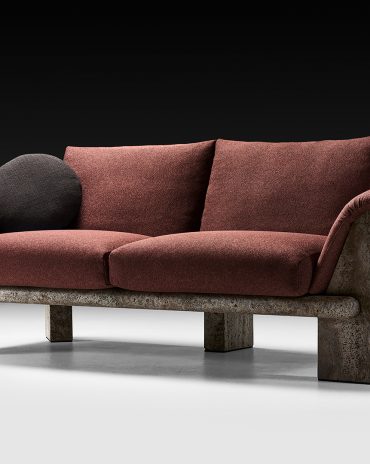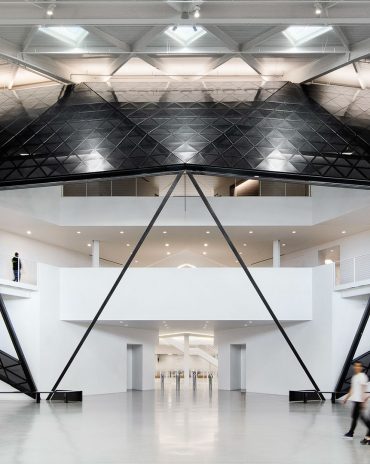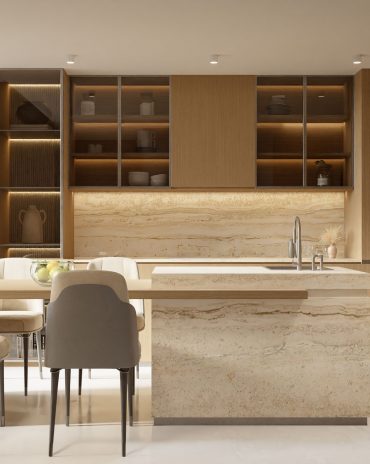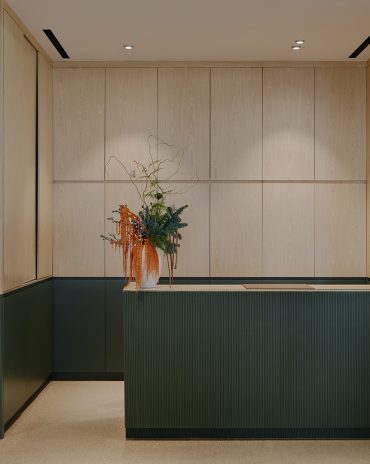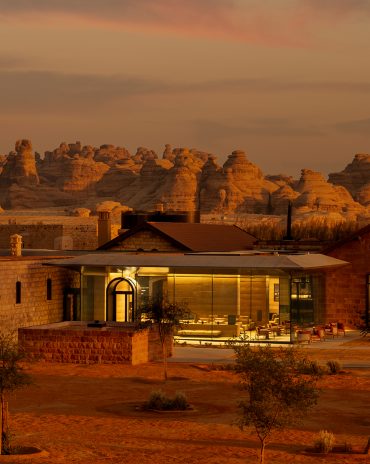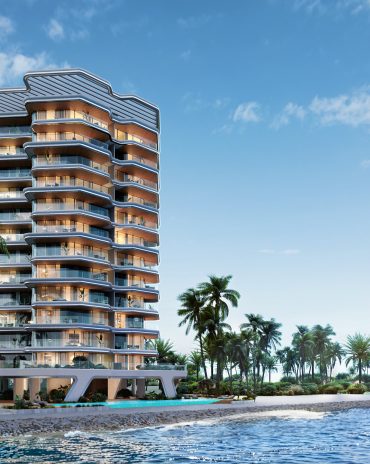Copyright © 2025 Motivate Media Group. All rights reserved.
Border Crossing House by Simone Subissati Architects reinvents the meaning of luxury
Italian property evokes an organic relationship with the surrounding Italian countryside.

Set among cultivated fields and surrounded by lush ornamental grasses, Border Crossing House in the Marche region of Italy reflects its setting in an original format.
Designed by Simone Subissati Architects, the private residence features striking roof lines, reminiscent of a traditional barn soaring above the red-painted lower level, injecting experimentation into a traditional construction.
The unique luxury of the house does not rely on opulence and ostentation, but rather on space, freedom and the flexibility to enjoy both. As Simone Subissati explains, “Luxury is how we use the spaces. It is the kind of lifestyle implied by the project and by the site. It is not an ostentatious display of fancy and precious artefacts.”
The architect imagined “a space that would feel as if was ‘inherited.’ I wanted it to be the least opulent it could be; it is meant to feel ‘as if it had always been there’, despite being contemporary and in many ways very distant from tradition. A space without frills and without luxury, just like the buildings in the rural tradition, where people both lived and worked.”
[row][column width=”50%”]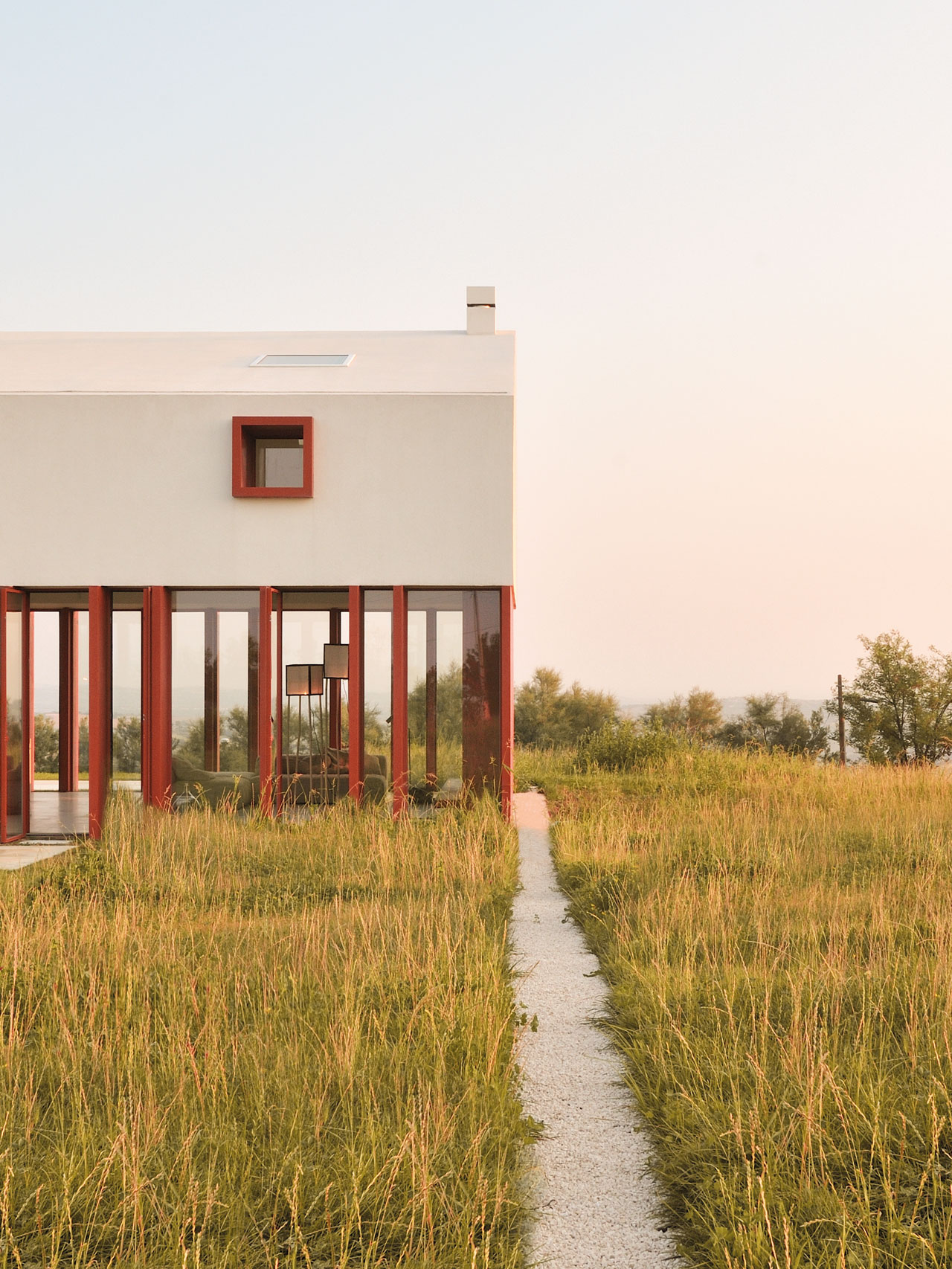 [/column][column width=”50%”]
[/column][column width=”50%”]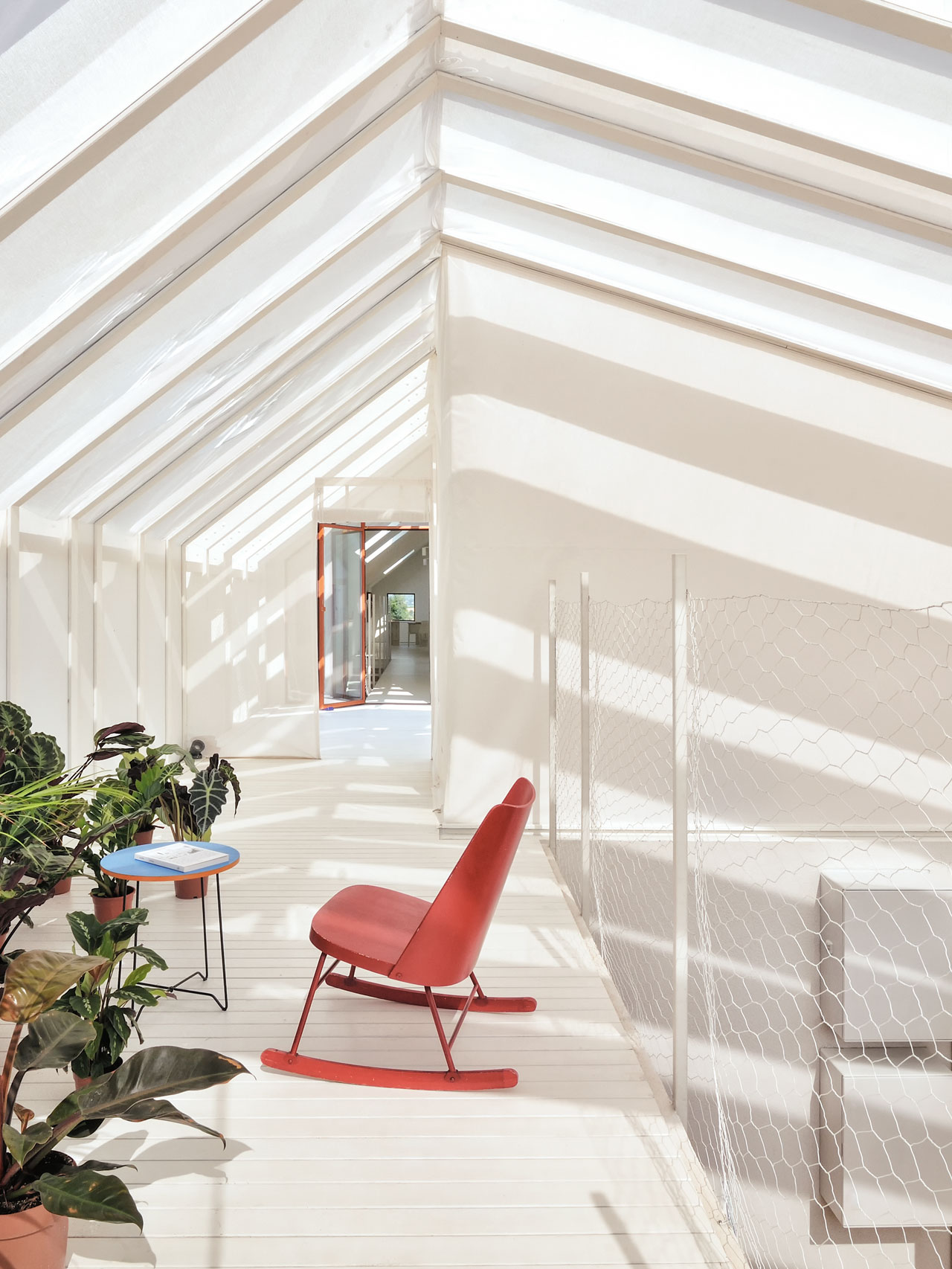 [/column][/row]
[/column][/row]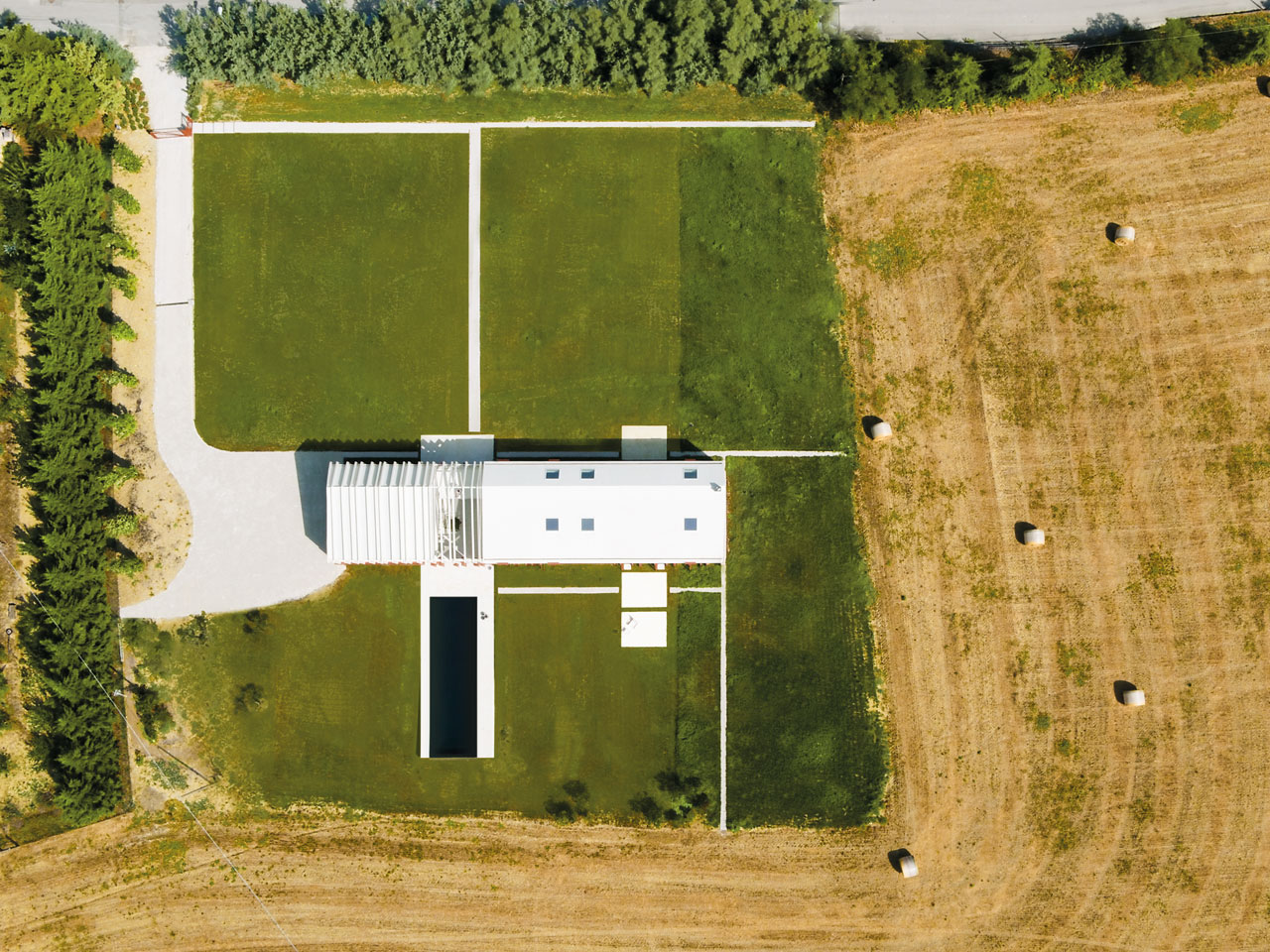
The rectangular structure is enveloped by decorative grasses, rather than planted ornamental gardens, making it a part of the surrounding cultivated farmland.
The ground floor of the 350-square metre home is the dedicated living area and is made of iron painted with a deep red anti-rust primer. Distinguishing the upper floor, where the sleeping areas are located, is a large open space made of laminated wood and covered with micro-perforated metal sheets. The upper white structure allows natural light to enter during the day and illuminate the edifice at night, turning Border Crossing House into a large, luminous lamp.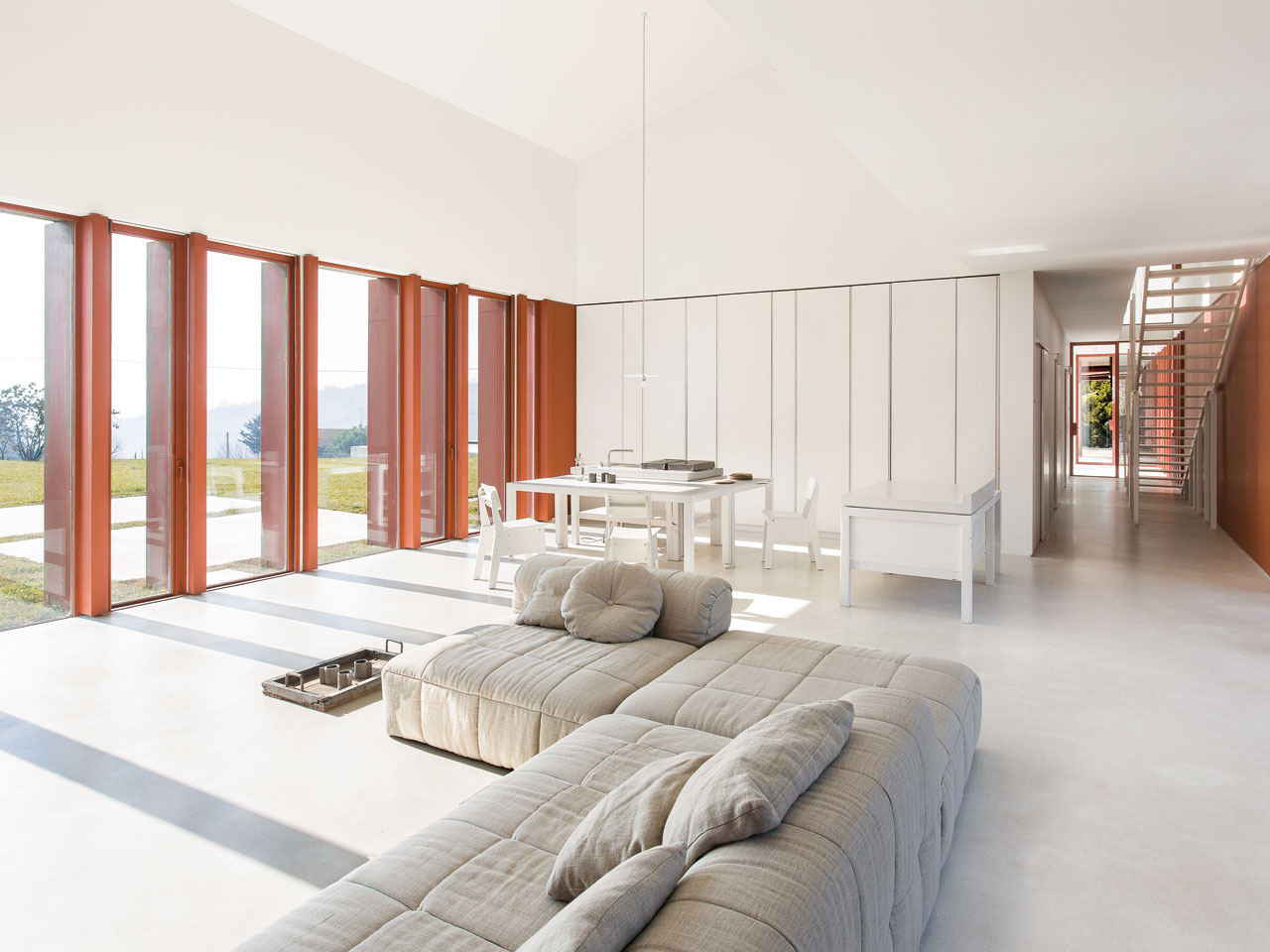
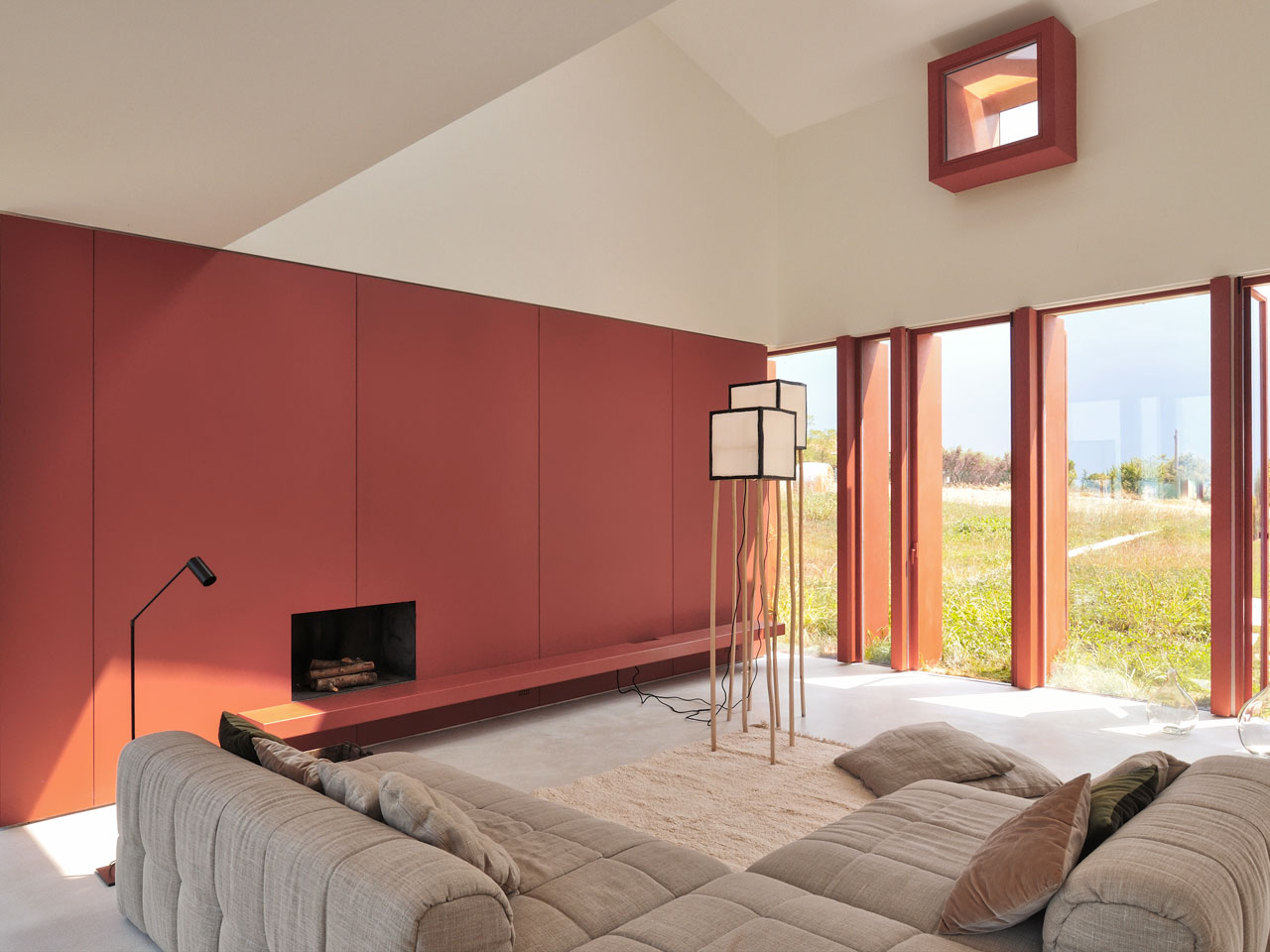
Both levels feature copious windows that frame the pastoral landscape. On the ground floor, a large portion of the central area is open. The windows of the metal structure easily turn into opening apertures, directly linking the kitchen, living room and spa with the outside space while also providing expansive views in multiple directions. The openings also deliver sufficient cross-ventilation to eliminate the need for air conditioning in the summer while allowing for thermal gain during the cold months. A rainwater collection network connected with underground tanks provides a supply of water, further increasing the environmental sustainability of the home.
The windows on the upper floor frame pastoral views and, thanks to the strategic placement of mirrors arranged to completely cover side openings, multiply the views of the surrounding landscape.
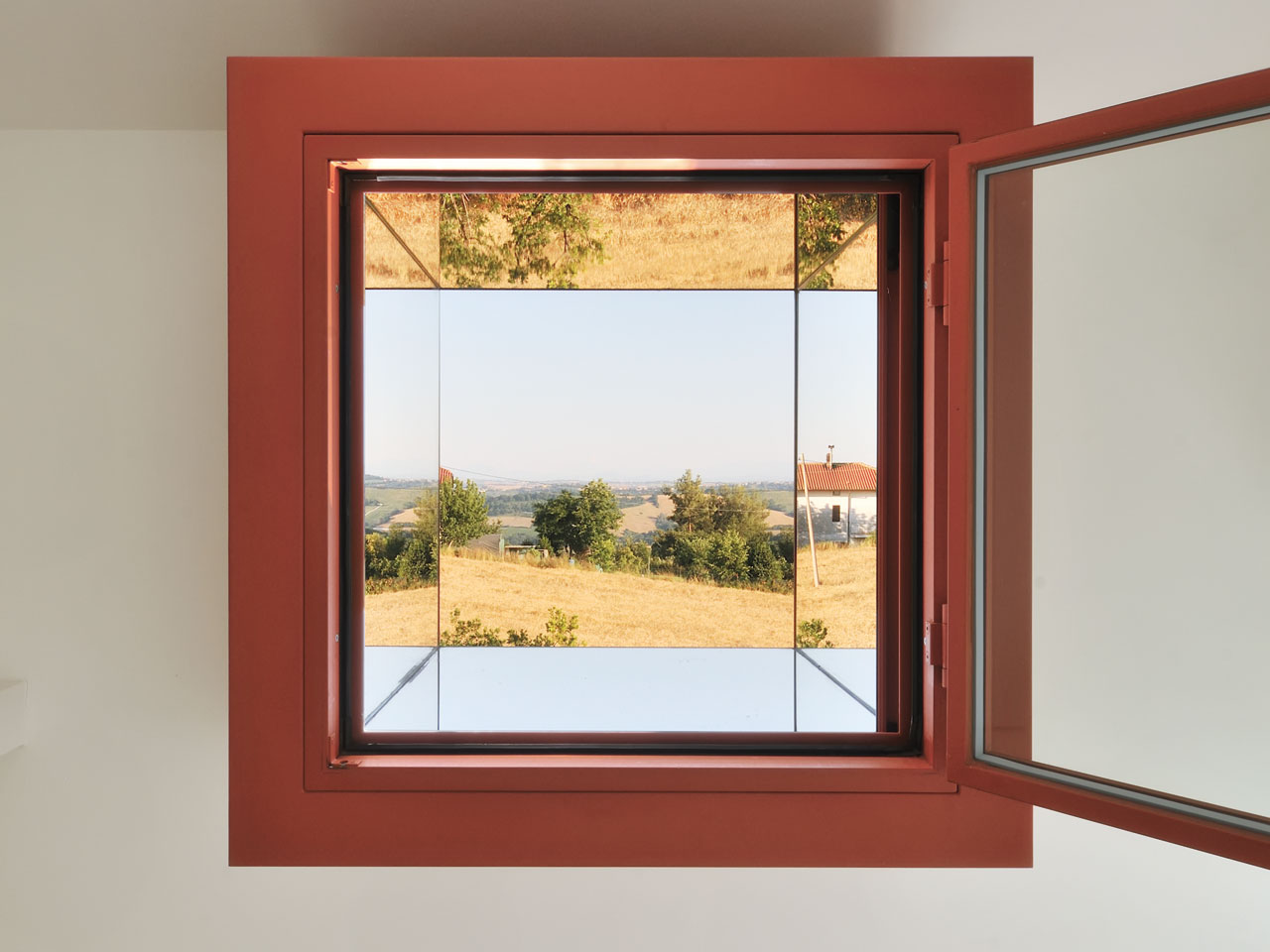
Solid ash wood, including the bark, knots and splits, were dyed white for the construction of the furnishings, all of which were custom-designed by the architect to further form a space that feels “both eternal and open to the future”. Pre-finished pine board panels were used for secondary partitions, while the kitchen countertops, sink and basins, also designed by the architect, were made of cement and quartz.
Although ‘rustic’ and ‘minimal’ in character, Border Crossing House also responds perfectly to what luxury means today.
[row][column width=”50%”]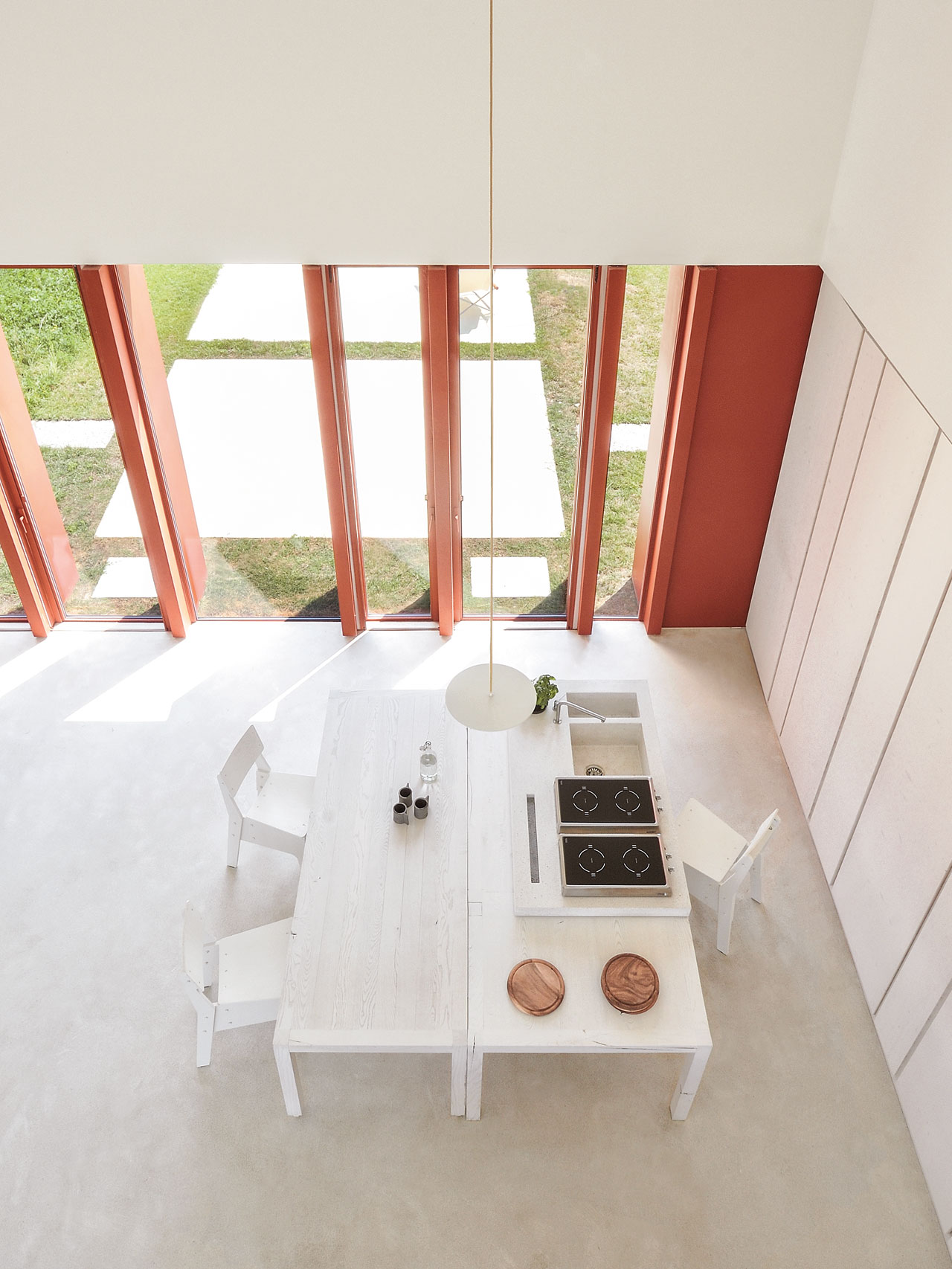 [/column][column width=”50%”]
[/column][column width=”50%”]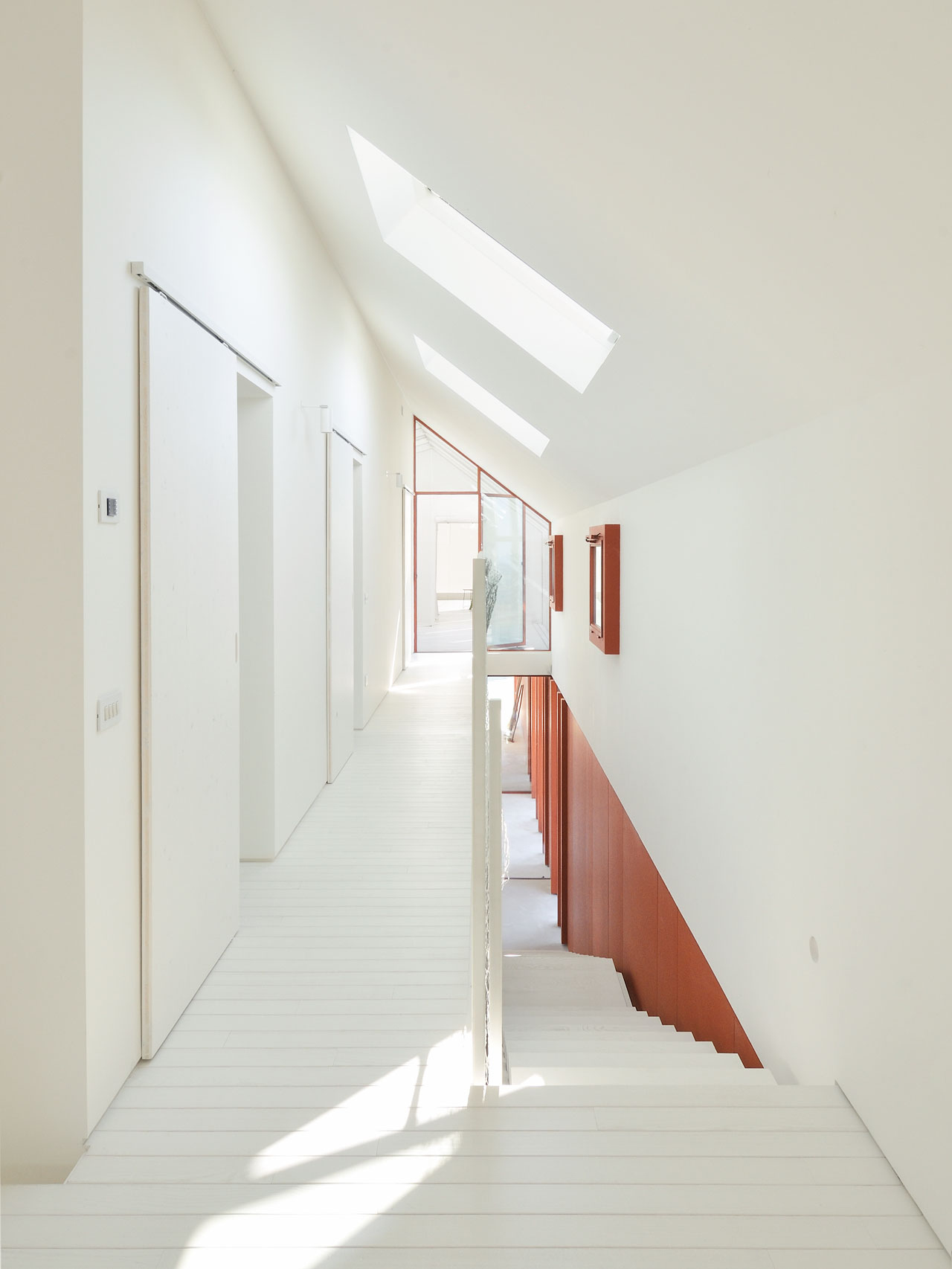 [/column][/row]
[/column][/row]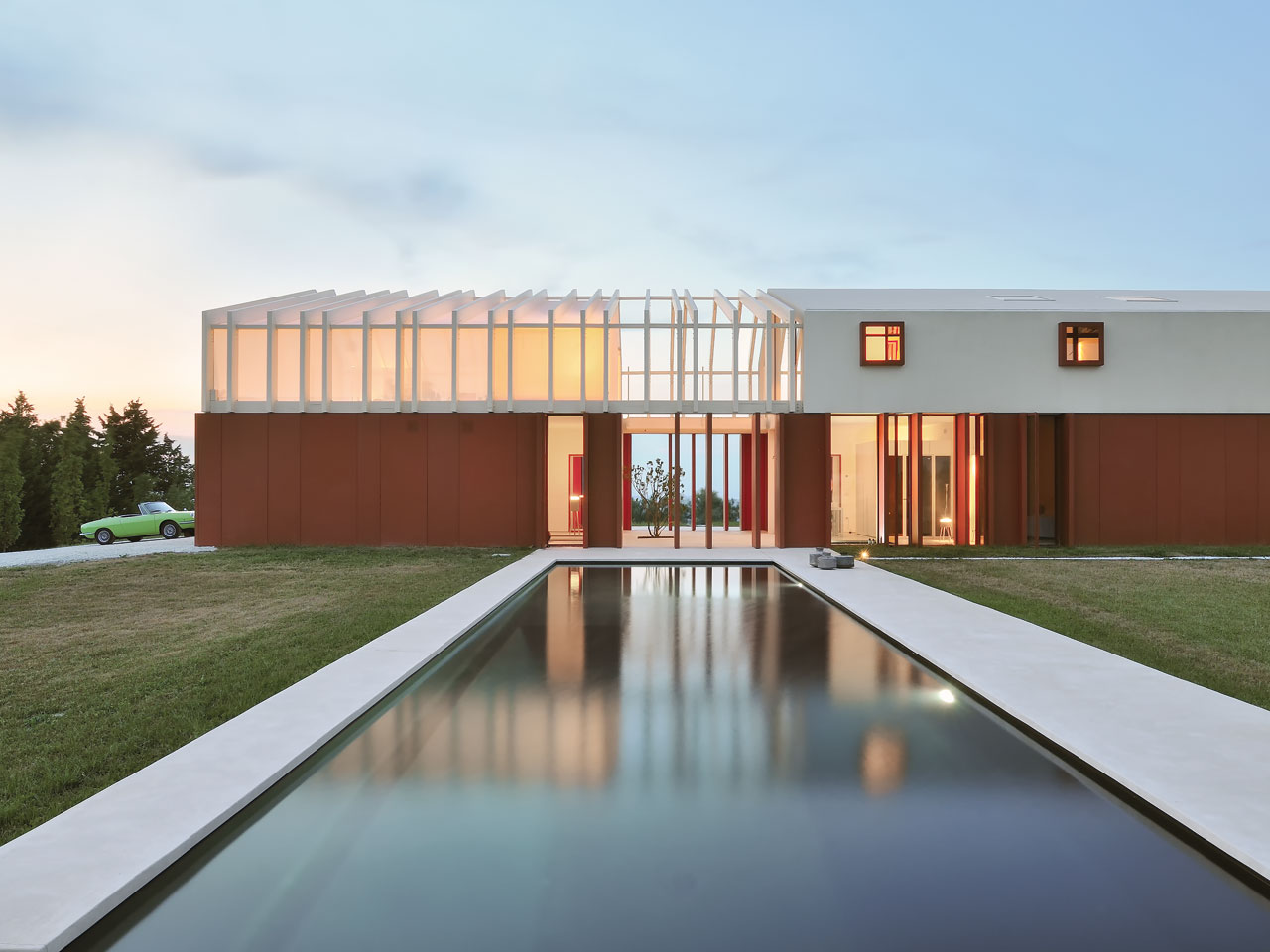
Photography: Alessandro Magi Galluzzi
The Latest
Textures That Transform
Aura Living’s AW24 collection showcases the elegance of contrast and harmony
Form Meets Function
Laufen prioritises design, functionality and sustainability in its latest collections
Preserving Culture, Inspiring Creativity
Discover the Legacy of a Saudi Art Space: Prince Faisal bin Fahd Arts Hall explores the Hall’s enduring influence on the cultural fabric of Saudi Arabia
Channelling the Dada Spirit
Free-spirited and creative, The Home Hotel in Zurich injects a sense of whimsy into a former paper factory
id Most Wanted- January 2025
Falaj Collection by Aljoud Lootah Design
Things to Covet in January
identity selects warm-toned furniture pieces and objets that align with Pantone’s colour of the year
Shaping the Future of Workspaces by MillerKnoll
Stacy Stewart, Regional Director Middle East & Africa of MillerKnoll discusses the future and evolution of design in workspaces with identity.
Shaping Urban Transformation
Gensler’s Design Forecast Report 2025 identifies the top global design trends that will impact the real estate and built environment this year
Unveiling Attainable Luxury
Kamdar Developments has launched 105 Residences, a new high-end development in Jumeirah Village Circle.
The Muse
Located in the heart of Jumeirah Garden City, formerly known as ‘New Satwa’, The Muse adds to the urban fabric of the area
Cultural Immersion Meets Refined Luxury
The Chedi Hegra opens its doors in AlUla’s UNESCO World Heritage Site
Redefining Coastal Luxury
Sunshine Bay on Al Marjan island combines seaside views, exceptional design, and world-class amenities to create a unique waterfront haven


